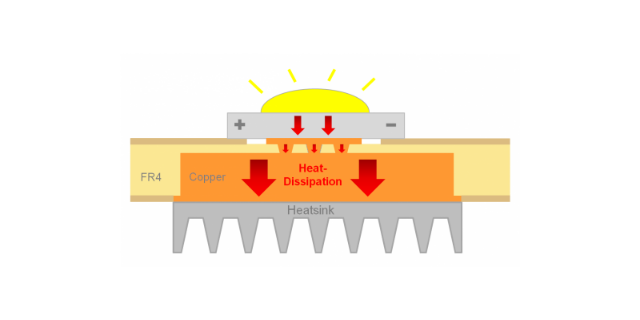How Is White Light Produced by LEDs?
There are two different methods for producing white light with LEDs. The first of these is the RGB method and the other is the phosphor method. The most commonly used option in the lighting industry is the phosphor method. In the phosphor method, a blue LED chip is coated with a yellow phosphor to produce an LED package that emits white light.

There are two different methods for producing white light with LEDs. The first of these is the RGB method and the other is the phosphor method. The most commonly used option in the lighting industry is the phosphor method.
In the RGB method, white light is obtained simply by mixing the red, green and blue colored lights in the appropriate ratio.
In the phosphor method, a blue LED chip is coated with a yellow phosphor to produce an LED package that emits white light. The blue light produced by the LED chip passes through the yellow phosphor layer, resulting in white light with the combination of blue and yellow photons.
The phosphor method used to obtain white light is more efficient than the RGB method. Also, the color rendering performance is higher.
The color temperature of the white light coming out of the LED package varies according to the dominant wavelength of the blue LED and the density of the phosphor coating. By varying the composition and thickness of the phosphor layer, LED manufacturers obtain LED packages with different color temperatures. These LED packages produced are divided into color temperature groups such as warm white, natural white, and cool white.
During the lifetime of the LEDs, the light output of the blue LED chip may decrease over time and deterioration of the phosphor layer may occur. In this scenario, a so-called color shift can occur. In order to prevent this situation, it is necessary to pay attention to the current and operating temperature limits specified by the manufacturer.






